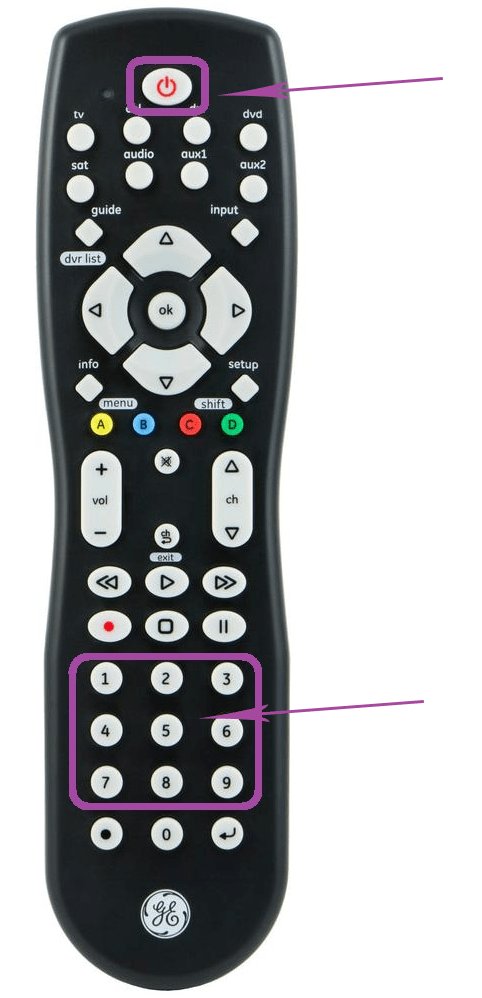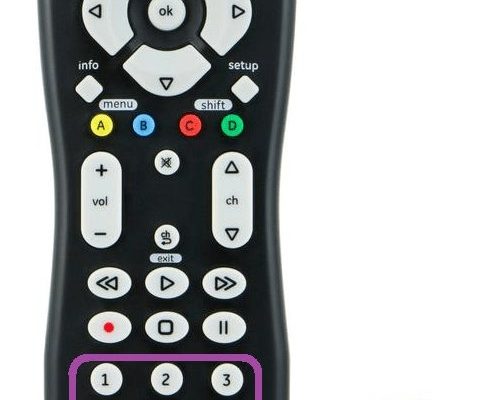
But there’s a catch: the thought of fumbling around with manuals, codes, and resets can kill the vibe fast. You might picture yourself hunting for a code in microscopic print, accidentally messing up your TV settings, and then giving up completely. The good news? There *is* a way to program your Logitech universal remote without ever having to enter a single code. If the idea of pairing and syncing gadgets makes your palms sweat, breathe easy—we’re going step-by-step, with no secret handshake required.
Why Logitech Universal Remotes Stand Out
Let’s just say Logitech knows a thing or two about making life simpler. Their universal remotes aren’t just another generic remote—they’re more like a “remote for dummies,” but in a good way. Instead of stressing over codes for every device, Logitech designs many of its remotes to use a different method: *automatic code search and pairing*.
Honestly, this is a game-changer. The days of Leafing through a thick codebook or guessing at numbers like you’re cracking a safe are gone. With Logitech’s code-free programming options, you let the remote do the heavy lifting. It’s like having a tiny robot buddy who wanders through possible codes until it finds the right one, all while you sip your coffee (or, let’s be real—a glass of wine by the third try).
But why does this matter? Simple: even if you lost the instruction manual or don’t know your device’s brand by heart, you can still get everything synced up. It’s the ultimate “set it and forget it” convenience.
The Secret Sauce: How Code-Free Programming Works
Here’s the thing—Logitech universal remotes often come loaded with a *learning* or *auto-search* feature. Instead of you entering a code, the remote cycles through its database, sending out a bunch of signals until your device reacts (usually by turning off, turning on, or doing a little jig—okay, not that last one).
The tech behind it isn’t magic, but it does feel close. Essentially, your remote is packed with an encyclopedia of possible codes for TVs, soundbars, DVD players, and more. When you kick off automatic programming, it goes through these one by one until it hits paydirt.
This isn’t just for new gadgets either. Got a “vintage” TV that predates WiFi? No problem. Most Logitech models can sync with older electronics by using this scanning method. And if you ever swap out a device or hit a hiccup (dead battery, random resets), you can just repeat the process. No new codes needed—just a little patience.
Step-By-Step: Syncing Your Devices Without Entering Codes
You might be wondering, “Okay, but how do I *actually* do this?” I’ve got you. Here’s a slow, thorough walkthrough that works for most Logitech models (like the Harmony series):
- Put in fresh batteries: First things first, make sure your Logitech remote isn’t running on fumes. Weak batteries can cause all kinds of random issues—trust me, you don’t want to troubleshoot a problem that’s just a low battery.
- Turn on the device you want to control: TV, sound system, whatever. It needs to be on so the remote knows what to “talk” to.
- Press and hold the device button: Let’s say you’re programming the TV. Hold down the “TV” button on your Logitech universal remote. Some models might ask you to also hold the “Setup” or “Program” button until a light blinks.
- Activate the auto code search mode: Once in programming mode, press a specific button (often the power or channel up/down, check your model’s steps). The remote will start sending codes. Watch your device—when it turns off or reacts, that’s your winner.
- Lock it in: When the device responds, press the device button again to store the code. You’re synced! If you skip this, you might have to start over—nobody wants that.
If the process doesn’t work on the first try, don’t stress. Sometimes you have to run through the search more than once, especially if your device is fussy or if there’s interference. Patience (and maybe a snack) helps.
Troubleshooting Tips: When Auto-Programming Acts Up
So, everything’s supposed to be easy—and yet, sometimes, a device refuses to play nice. Here’s what I’ve learned the hard way:
- Double-check your batteries: It sounds so obvious—like “did you try turning it off and on again?”—but a surprising number of remote issues come straight from weak power.
- Distance matters: Keep the remote close to your device during programming—think “social distancing at a crowded party,” not “across the room.” Too far, and the signal gets lost.
- Clear line of sight: Make sure nothing is blocking the receiver on your TV or soundbar. That bowl of popcorn? Not as harmless as it seems.
- Restart the process: If your device didn’t respond, just reset your remote (hold the reset or setup button) and try again. Sometimes, it takes a couple rounds for the right code to sync.
If you’re still stuck, maybe your device is one of those rare models not in the database. In that case, Logitech’s customer support or their online tool can sometimes help you find a workaround.
Comparing Universal Remotes: Logitech vs The Others
You might wonder if this whole “no code entry” thing is unique to Logitech. Here’s my honest take, having wrangled with a few brands:
Many universal remotes out there stick with the old-school method—manual code entry. You find your TV’s brand in a list, squint at a tiny code, and pray it works. If not? Lather, rinse, repeat. It gets old fast.
Logitech’s trick is combining a vast code library with smarter programming methods, like auto-search and online syncing (for Harmony remotes, you can even use a PC/Mac to program everything). That’s why I always recommend them to friends who hate fussing with tech.
If you’re curious, here’s a quick comparison:
| Remote Type | Programming Method | User Friendliness |
| Generic Universal Remote | Manual Code Entry | Can be tedious, lots of trial-and-error |
| Brand-Specific Remote | No programming needed | Works only for one brand/device |
| Logitech Universal Remote | Auto Code Search, Online Pairing | Super beginner-friendly, minimal errors |
Honestly, if you want one remote to rule them all with the least amount of hassle, Logitech’s approach wins.
Taking Care of Your Remote: Battery Life and Maintenance
Let me explain something that most people forget: even the fanciest remote can act weird if you neglect the basics, like battery health. Logitech remotes are no different.
First, always pop in fresh batteries before starting the sync process. Low battery can mess up the pairing, cause missed signals, or even wipe your programmed settings after a reset. For rechargeable Logitech models, make sure you charge them fully beforehand.
And about maintenance—don’t eat Cheetos while programming. (Yeah, I learned that the orange dust gets everywhere.) Keep your remote clean, store it somewhere safe (not between couch cushions), and every so often, gently wipe the battery contacts with a dry cloth. That little bit of attention can save you from hours of troubleshooting down the line.
It’s easy to think remotes are indestructible, but treating yours kindly means less frustration—and less time searching for “reset Logitech remote” at midnight.
Extra Features: What Else Can Your Logitech Remote Do?
Programming without codes is just the start. Once you’ve got your Logitech universal remote up and running, there’s a good chance it offers extra perks that other remotes don’t even attempt.
For instance, many Logitech models let you set up *activities*—like “movie night”—which turn on your TV, soundbar, and streaming stick in one tap. That means less time fiddling, more time snacking. Some even remember custom settings for different family members. Got a streaming box? Bluetooth game console? Logitech’s database is huge, so you can pair almost anything with a receiver.
And if you own a Harmony remote, you can sync everything through their website or app, tweak button layouts, and even control smart home devices. It’s basically a universal remote on steroids (but legal, of course).
Wrapping It All Up: One Remote, Zero Headaches
Here’s what it comes down to: nobody wants to memorize codes or decipher cryptic manuals. Logitech universal remotes take that pain away with their automatic, code-free programming. Whether you’re swapping out a TV, setting up new speakers, or just tired of the remote shuffle, this approach is as beginner-friendly (and foolproof) as it gets.
If you hit a snag, remember: check batteries, keep your devices close, and don’t be scared to run through the sync process a second (or third) time. The payoff? A tidy coffee table and a single remote that just works—no code entry, no drama. Once you get the hang of it, you might even start to enjoy setting up new gadgets. Well, almost.
